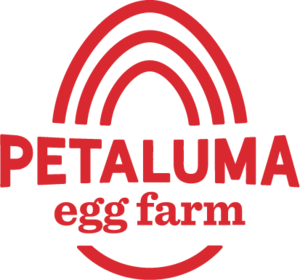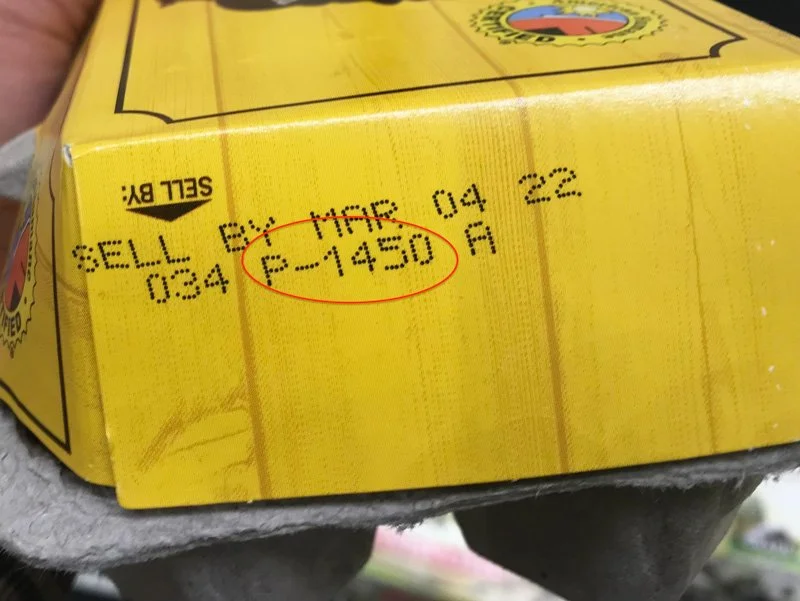How many miles are on your eggs?
Most of us take for granted that there will always be an abundance of food on grocery store shelves, but how often do we take the time to think about how far the food traveled to get there?
The reality is that much of our food travels thousands of miles before it reaches store shelves, which means many of the brands you know and love may have a much bigger carbon footprint than you realize. That's why we believe it's so important to buy food produced by local farmers. When you buy from local farms like ours, instead of traveling 1,000s of miles, your food only takes 10s of miles to get to your local grocery store. In fact, 90% of the stores we serve are located within 100 miles of our farm!
Just like most other foods, despite being so fragile, it's common for eggs to go on quite a road trip before reaching their final destination. Many egg brands you see on the grocery store shelf, including locally owned brands, don't own chickens and contract with out-of-state farmers to pack eggs for them. One other local farmer we know calls these 'diesel eggs'.
So how do you know where your eggs came from? The easiest way to tell if the eggs came from out of state is to look up their USDA plant code which will be a 4 digit code printed on the side or back of the egg carton. We’re too small to have a USDA plant code, but we do have a California Shell Egg Handler code.
That's the big difference between us and almost every other egg on the store shelf. We are single-sourced. That means all of the eggs in our brands came from our farm. When you buy our eggs you can feel good knowing they were sustainably raised by your neighbor down the road in Petaluma.




